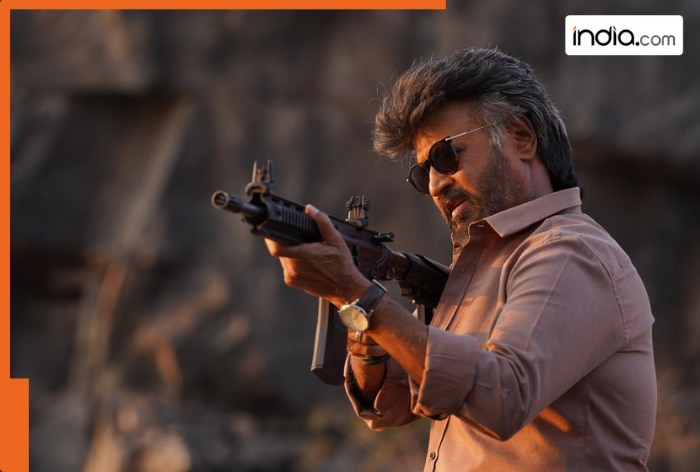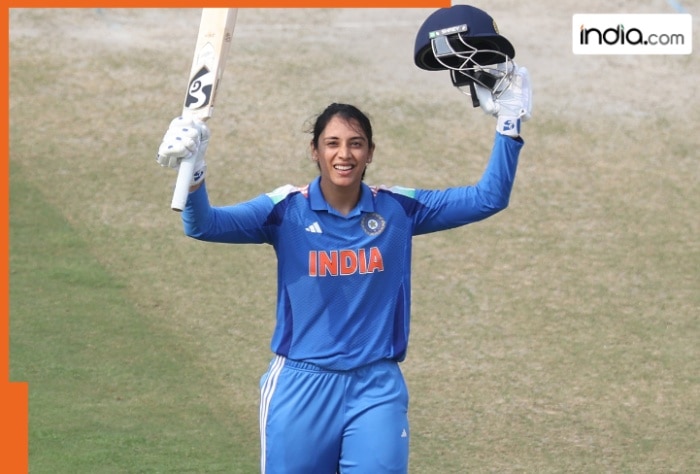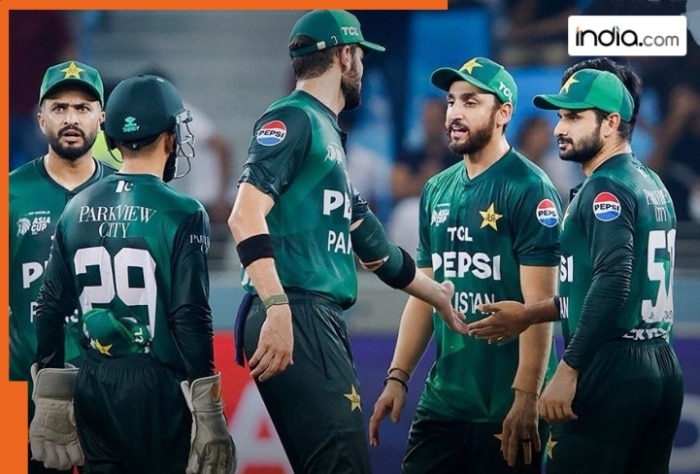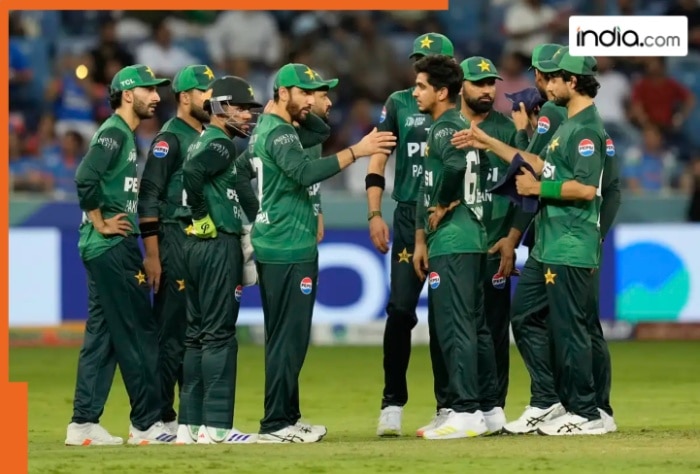
India’s plan for an Integrated Rocket Force (IRF) is quickly gaining ground, and many see it as a potential ‘game-changing weapon’ especially in the era of non-contact warfare and in countering growing threats from China.

War is no longer what it used to be. Battles once fought with massive armies and roaring tanks are now shaped by rockets and missiles that strike in minutes. From Ukraine to the Middle East, modern conflicts have proven that the future of warfare lies in long-range precision attacks rather than face-to-face combat. Recognizing this shift, India has begun developing its Integrated Rocket Force (IRF), a move that goes beyond simple military reform. It is a bold signal to China and Pakistan that India is ready to respond with strength and will not yield under pressure.
For much of the last century, nuclear weapons acted as the ultimate shield. The fear of Mutually Assured Destruction (MAD) stopped countries from going to war directly. The Russia-Ukraine conflict, China’s growing pressure on Taiwan, tensions between Iran and Israel, and the close partnership of Pakistan and China in South Asia show that relying only on nuclear weapons is no longer enough.
Why IRF is important?
India faces a two-sided challenge. Pakistan tries to block India’s conventional strength by threatening to use nuclear weapons. At the same time, China keeps building pressure along the LAC, with incidents like Galwan and Doklam proving this. India therefore needs a force that can counter both—Pakistan’s nuclear blackmail and China’s conventional military advantage.
The Integrated Rocket Force (IRF) is designed to do exactly that. It will give India “deterrence by denial”, meaning the enemy will believe that India can crush their move before it even begins.
China-Pakistan strategy vs. India’s response
Recently, Pakistan announced the creation of an Army Rocket Force Command, modeled on China’s PLA Rocket Force (PLARF). China’s PLARF mixes both nuclear and conventional missiles, and there is little civilian oversight, almost everything is controlled directly by the military. This creates confusion for China’s rivals, since they can’t always tell whether a missile launch is nuclear or conventional.
India, however, will not follow this path. In India, nuclear weapons remain under civilian control, not just the military. India also follows a clear policy of “No First Use”, meaning it will never be the first to launch nuclear weapons. This makes India a responsible nuclear power.
The IRF, therefore, will focus only on strengthening conventional strike capability, not mixing it with nuclear weapons.
In 2023, the Indian government approved the purchase of 120 Pralay missiles, with plans to add over 250 more. These missiles can hit targets between 150 and 500 kilometers away, making them a real game-changer in regional conflicts. In the coming years, the IRF will also include BrahMos, Nirbhay, and long-range cruise missiles, further boosting India’s strike power.







